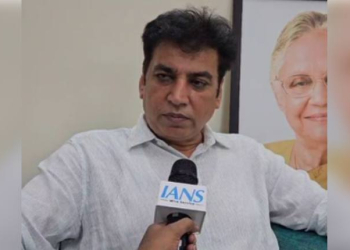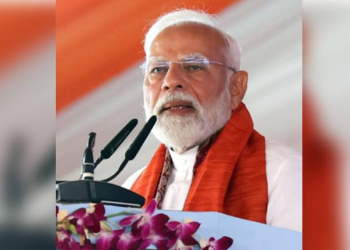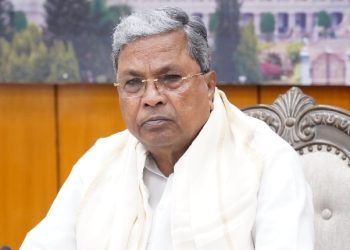New Delhi: The Supreme Court on Wednesday directed the Centre and the Reserve Bank of India (RBI) to submit relevant records in connection with the government’s 2016 demonetisation decision for its perusal.
After hearing detailed arguments on a batch of petitions challenging the demonetisation move, a bench headed by Justice S.A. Nazeer reserved the judgment.
The bench, also comprising Justices B.R. Gavai, A.S. Bopanna, V. Ramasubramanian and B.V. Nagarathna, said: “Counsel of the Union of India and Reserve Bank of India are directed to produce the relevant records.”
Attorney General R. Venkataramani represented the Centre and senior advocate Jaideep Gupta represented the RBI, and senior advocates P. Chidambaram and Shyam Divan appeared for some of the petitioners.
Reserving the judgment on the petitions, the top court directed the parties to file written submissions by December 10.
The AG contended that he will submit the relevant records in a sealed cover.
On Tuesday, Justice Nagarathna said the courts will not go into the merits of the decision, but it can always go into the manner it was taken, two things are totally different.
“Because it is an economic policy court cannot fold its hand and sit. Merits of the decision, it is for the government in its wisdom it knows what is best for the people, but while taking that decision what was the material on record, relevant considerationsa,” said Justice Nagarathna.
Chidambaram, representing a petitioner, said the government should confidently defend the decision and also the decision-making process (involved in 2016 demonetisation), and added they should place those documents before the court.
He said that if the government were to adopt a route through Parliament, then the parliamentarians would have stopped the policy but they did not follow the legislative route.
Chidambaram submitted that the RBI Governor must be fully aware of the fact that in 1946 and 1978, the central bank opposed demonetisation and they resorted to plenary power of legislature.
“Surely the history of RBI is published by the RBI. They must be deemed to know that also,” he said, urging the court to see the documents to see whether the decision-making was fair and not arbitrary.
The Centre had told the Supreme Court that the November 2016 decision to withdraw legal tender of Rs 500 and 1,000 currency notes was one of the critical steps in the series of transformational economic policy steps and this decision was taken after extensive consultation with the RBI and advance preparations.
The Union Ministry of Finance, in an affidavit, said: “The withdrawal of legal tender character of a significant portion of total currency value was a well-considered decision. It was taken after extensive consultation with the RBI and advance preparations.”
It further added that demonetisation was also a part of larger strategy for combating the menace of fake money, terror financing, black money and tax evasion.
“The notification issued on 08.11.2016 was a major step to fight the menace of fake currency notes, storage of unaccounted wealth and financing of subversive activities,” it said.
(IANS)



















